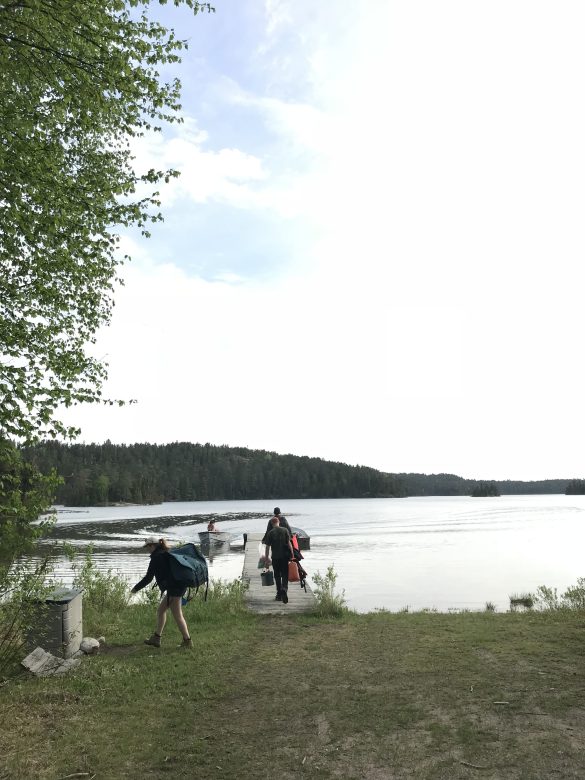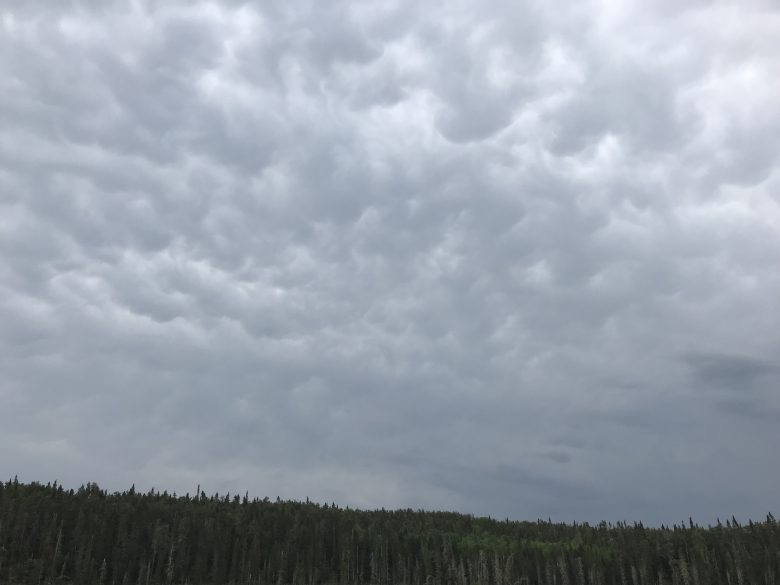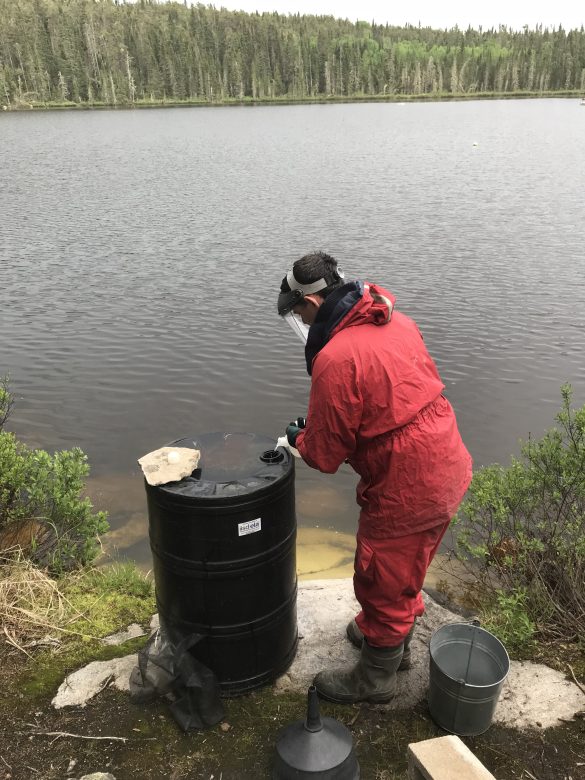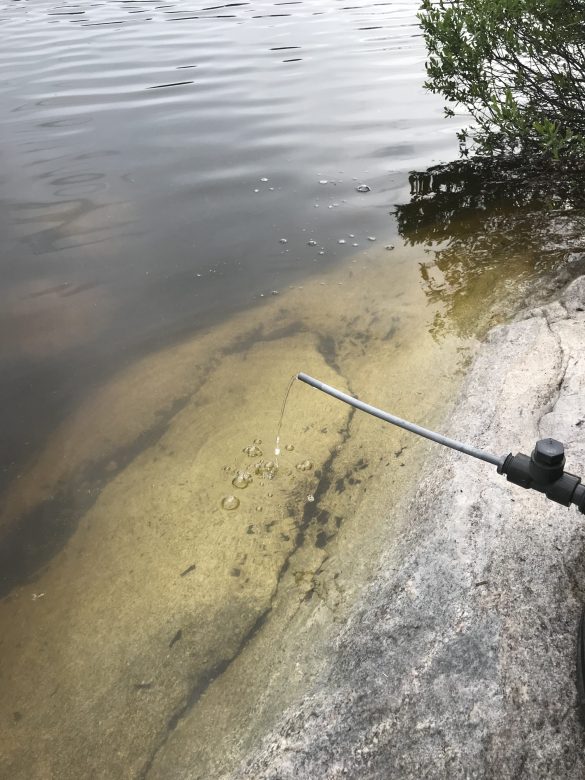Video September 3, 2018
Join Us in the Field: Adding Phosphorus to a Lake
By Sumeep Bath, Communications Manager
For the last fifty years, here at the world’s freshwater laboratory we have been exploring what causes algal blooms—those smelly layers of green slime that can appear on the surface of lakes.
In fact, algal blooms are our raison d’être as our lakes were set aside initially in the late 1960s to use a new method of scientific research—experimenting on real lakes—to find out what was turning many bodies of freshwater green in North America.
While we now understand a lot more about what causes algal blooms, the problem still persists, and we are still learning more about the role of phosphorus in the development of algal blooms.
In fact, every week we head out to add phosphorus to Lake 227 as part of our long-term monitoring of the issue. Come and join Scott Higgins as he takes us out on the boat and shows it how it’s done…

We are all packed up and ready to head out on to the water to reach Lake 227. Come join us…
Step one: Bail all the water out of the boat.
Now we are out on the lake and ready to get going…

Looks as though our British communications guy has brought the weather…
As always, safety first. Here’s Scott Higgins performing a traditional Irish dance as he dons his hazmat suit.

Now we’re adding the diluted phosphorus into a barrel that will leak slowly into Lake 227.

And here’s the spout that will slowly release the phosphorus into the lake. You can see it has already started.
Time for a quick aerial shot of Lake 227 before we head back to camp? Sure thing.

Aaaaaaaaand we’re headed back to camp (and evidently not too pleased about it). Join us again soon for another adventure out into the field.